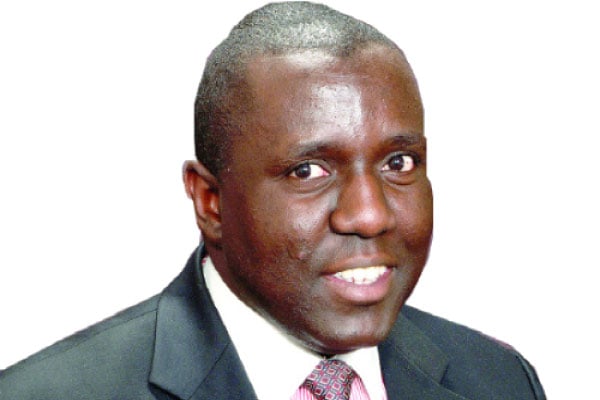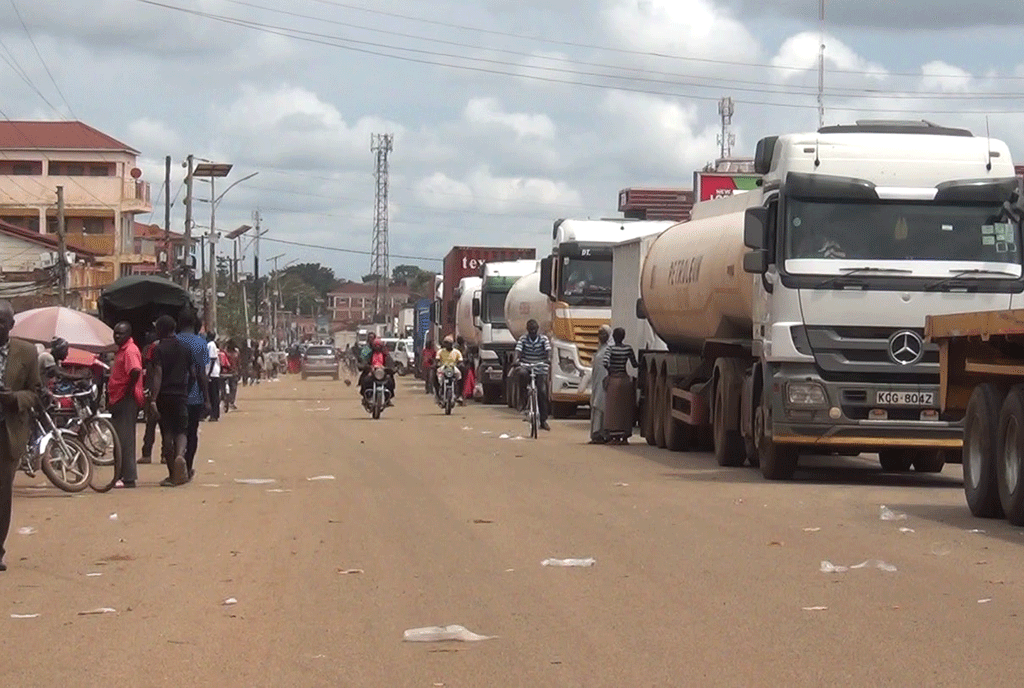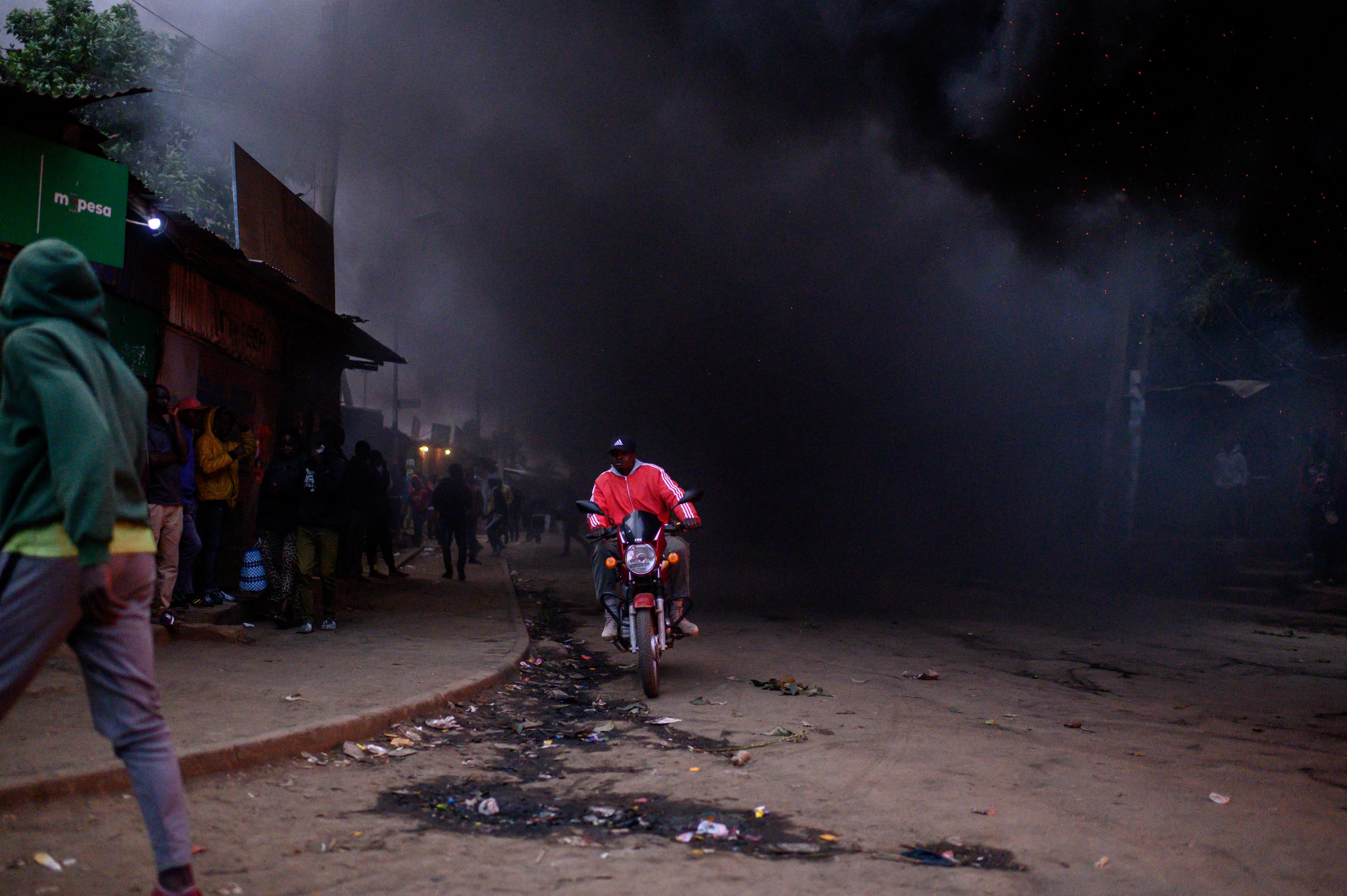Prime
Kenya elects new president, will have a hung Parliament

Author: Mr Karoli Ssemogerere is an Attorney-at-Law and an Advocate.
What you need to know:
In tough economic times, Kenyans must congratulate themselves on a generally peaceful election
William Samoei arap Ruto,55, Kenya’s Deputy President and his Kenya Kwanza Coalition, have prevailed over Raila Amolo Odinga, de-facto co-president, 77, and his Azimio Coalition in the election derby that has rocked the media, kept East Africa on its toes and marked the end of the Uhuru Kenyatta presidency.
Immediately after the announcement, state machinery and officialdom descended on Mr Ruto, now president-elect.
In the Senate, Kenya Kwanza has one more directly elected Senator than Azimio. In the National Assembly, Azimio has three more Members of Parliament than Kenya Kwanzaa (162 MPs to 159 MPs), 11 are independent.
A few seats will hold elections in the coming days after ballot papers carrying the wrong photographs and names were posted to at least four constituencies prior to August 9.
President-elect Ruto quickly called Raila Odinga with whom they were once together in the trenches, after Mwai Kibaki took a turn inward after winning the 2002 elections in the only landslide Kenya has had since the reintroduction of multi-party politics.
The 2022 election has been a landmark for Kenya, the first since it attained “middle income” status, changes in the legal framework governing elections after the 2017 presidential election was annulled by the Supreme Court.
Political parties can now “behave” like business entities, with formal requirements to enter and leave a political coalition. The coalitions are a necessity after a particularly hotly contested election in 2007 which ended in a second round of ethnic clashes and referrals of both Uhuru Kenyatta and his deputy (now successor) to the International Criminal Court in the Hague.
In tough economic times, Kenyans must congratulate themselves on a generally peaceful election. It was interesting that alternative narratives including an alleged undated but signed statement by the Chairman of Royal Media Services and the Standard Group on Saturday August 13, showing Raila with 51.33 percent and Ruto with 48.22 percent did little to stop the hand-verification of the Declaration of Results Forms at the Bomas of Kenya.
The same null effect is also attributed to the walkout by four members of the Independent Electoral Boundaries Commission (IEBC) and their disassociation with the presidential election results. Four years ago, three IEBC commissioners resigned, faulting the chairman’s ability to lead the agency.
The CEO, Ezra Chiloba, survived one sacking in 2018 before being reappointed and then sacked a second time in 2020 before he landed on his feet as Director General Communications Authority of Kenya.
Raila and Martha Karua must quickly assess their chances before filing a presidential election petition in the Supreme Court in the next few days.
Close elections are fiercely fought. In November 2000, the United States found itself on the world’s front page after just 537 valid votes and thousands of more incorrectly filled out or improperly filled out ballots with “hanging chads” determined that year’s general election.
The US presidential election, like many others, is actually determined in an electoral college that meets across the country on the first Monday in December to cast votes for electors for president and vice president. Very few western countries [France and a few others] have a face-off on the magnitude of what happened in Kenya. In fact, the French presidential and parliamentary elections are held on different days. Most of the G-7 countries are parliamentary democracies with either first past the post or proportional representation.
President Museveni recently unveiled a brand-new Minister of Justice, Norbert Mao. Questions to the President, which amendments can you pick from Kenya which has already checked the two key questions in any transition multiple times?
First is to cap the number of terms an individual can serve as president to no more than two. In the case of Uganda, to avoid a stampede it may even be useful to consider a single presidential term. Second is transition from one party to another.
The current political configuration is an unrealistic representation of the political diversity in the country. It speaks more to the establishment and badly about its institutions. Uganda is yet to check these boxes at the same time as we seek to emulate Kenya- “middle income”.
Mr Ssemogerere is an Attorney-At-Law and an Advocate. [email protected]




